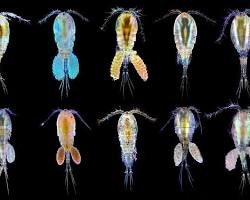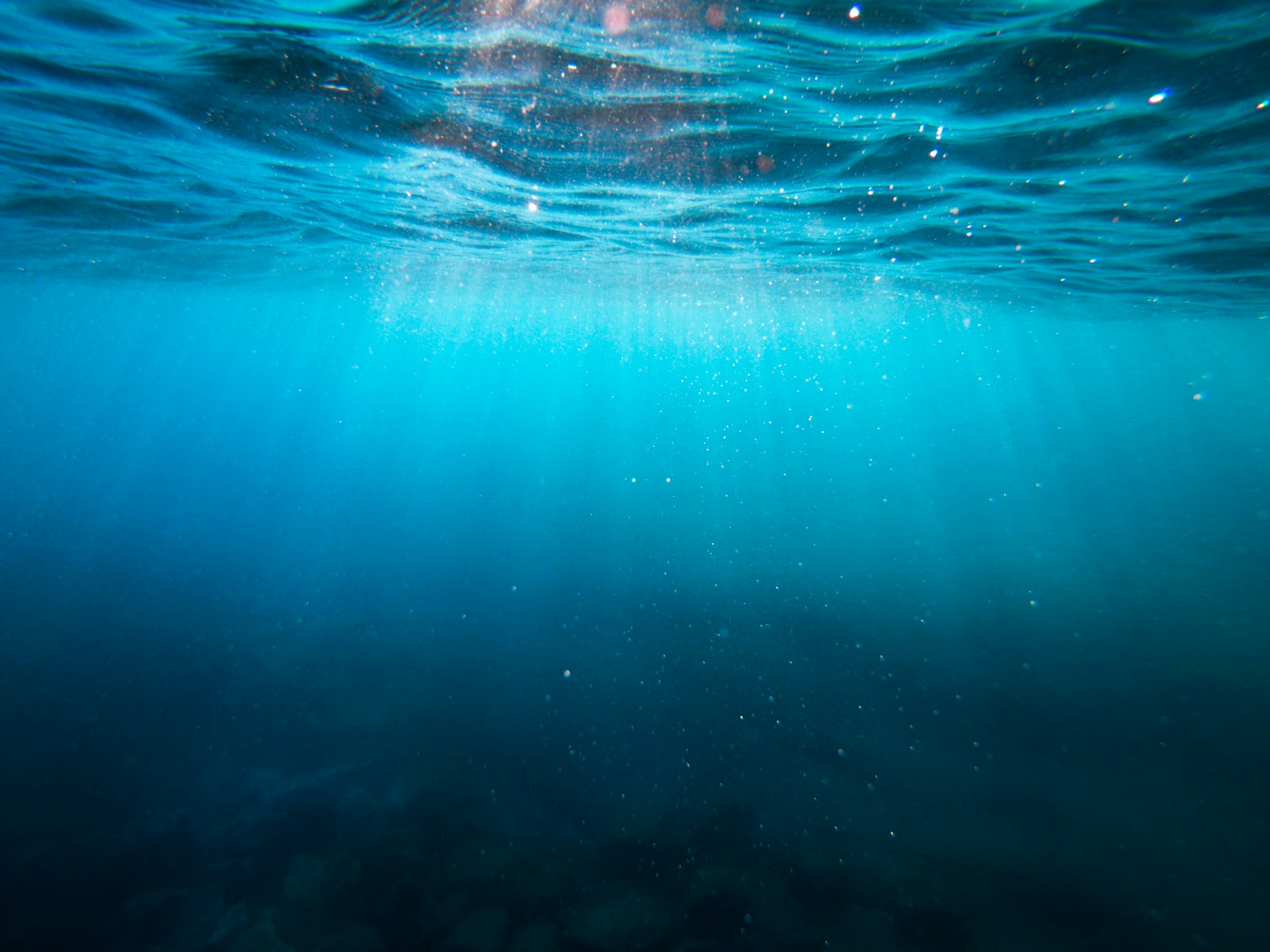Oithona Copepods: Benefits for Your Reef Tank
5/14/20254 min read


Introduction to Oithona Copepods
Oithona copepods are small crustaceans that belong to the subclass Copepoda within the phylum Arthropoda. They are predominantly found in marine environments and are characterized by their minute size, typically measuring between 0.5 and 1.5 millimeters in length. These minuscule organisms exhibit a unique body structure with a segmented body and elongated antennae, which are essential for locomotion and buoyancy in the water column. Oithona copepods are known for their distinctive swimming behavior, characterized by rapid movements and intricate patterns, which aid in their survival against potential predators.
Taxonomically, Oithona falls within the subclass Copepoda, which is a diverse group comprising over 10,000 recognized species. Oithona copepods particularly thrive in epipelagic zones, where they play a vital role in oceanic ecosystems. Their relatively small size allows them to occupy various niches in the marine food web, making them a crucial food source for larger organisms, including fish larvae and other zooplankton. They primarily feed on phytoplankton and detritus, effectively contributing to nutrient cycling within their habitats.
The significance of Oithona copepods extends beyond their ecological role; they help maintain the balance of marine ecosystems. By serving as a central food source for numerous species, they facilitate energy transfer within these biological communities. Their presence in reef tanks is also highly beneficial, as they can enhance water quality and serve as a sustainable food source that promotes the health of both coral and fish. Understanding the biology and ecological importance of Oithona copepods provides valuable insight into their role within both natural and artificial marine environments.
Benefits of Keeping Oithona Copepods in Your Reef Tank
Incorporating Oithona copepods into a reef aquarium offers numerous benefits that significantly enhance the overall health and sustainability of the tank ecosystem. As a natural food source, Oithona copepods are an excellent dietary addition for a variety of marine fish and corals. These tiny crustaceans are rich in essential nutrients, making them an ideal choice to enrich the diets of tank inhabitants. Their presence encourages colorful fish species and boosts coral growth, creating a thriving underwater environment.
Moreover, Oithona copepods contribute to the natural cycling process of aquariums. They play a crucial role in establishing a balanced ecosystem by assisting in the breakdown of waste products. As copepods feed on decaying organic matter, they help maintain water quality by reducing excess nutrients often associated with algae growth. This natural filtration system is beneficial for novice aquarists and experienced hobbyists alike, allowing for a healthier and clearer tank.
Another significant advantage of Oithona copepods is their ability to promote biodiversity within the reef tank. By introducing these copepods, aquarists can cultivate a more stable and self-sustaining ecosystem, which results in fewer swings in water parameters. The diversity brought by Oithona helps to create a more resilient environment, minimizing the risk of disease outbreaks and promoting overall tank stability. The addition of Oithona not only supports the food web but also encourages a balanced interaction between various marine organisms.
Ultimately, the inclusion of Oithona copepods in a reef tank positively influences both aquatic life and water conditions. Recognizing these benefits can empower reef aquarium enthusiasts to adopt sustainable practices that support their marine ecosystems and unlock the full potential of their tanks.
How to Cultivate and Maintain Oithona Copepods in Your Aquarium
Cultivating Oithona copepods within a reef tank requires attention to detail regarding their environmental and dietary needs. First and foremost, it is vital to create optimal water parameters for these copepods. They thrive in saltwater environments with salinity levels ranging from 1.020 to 1.025 specific gravity. Maintaining a stable temperature between 22°C to 26°C (72°F to 78°F) is equally important, as sudden fluctuations can be detrimental to their health.
When it comes to water quality, copepods require clean water with minimal pollutants. Regular water changes and the use of high-quality filtration systems will help to keep ammonia, nitrite, and nitrate levels low. Oithona copepods are sensitive to changes in their environment, so investing in water testing kits to monitor parameters like pH (ideally between 7.8 and 8.5) and alkalinity will contribute to their well-being.
Feeding Oithona copepods is particularly critical, as it directly impacts their growth and reproduction rates. They primarily feed on microalgae, phytoplankton, and yeast. Incorporating a diverse diet not only boosts their nutritional health but also enhances their population density. Specialized copepod food, commercially available in many aquarium stores, can also be included in their feeding regimen.
To promote breeding, ensure that there are ample areas for them to hide and attach eggs. Using a well-structured substrate can provide shelter and encourage reproduction. Additionally, keeping a constant cycle of food availability will ensure continual breeding success. When integrating Oithona copepods into an existing aquarium, introducing them during low light periods can decrease the chances of predation by fish and other inhabitants while allowing them to establish themselves in the new environment.
Potential Challenges and Solutions in Keeping Oithona Copepods
While the introduction of Oithona copepods into a reef tank can yield significant benefits, aquarists may encounter several challenges in their maintenance and management. One primary challenge is population control. Oithona copepods have the potential to reproduce rapidly, leading to an overwhelming population that can upset the balance of the tank. It is important for aquarists to monitor their numbers regularly and implement strategies to manage growth, such as introducing natural predators or providing food options that prevent overpopulation.
Another issue is the potential competition between Oithona copepods and other inhabitants of the reef tank. Larger fish and invertebrates may also feed on these copepods, which can limit their numbers and affect the tank’s ecological balance. To mitigate this, aquarists should carefully select tank mates that will not overly compete with Oithona copepods for food, ensuring that a diverse and thriving microfauna can coexist. Incorporating adequate refuge spaces can also help safeguard these copepods from predation.
Additionally, there is a risk of over-reliance on Oithona copepods as a sole food source for other tank residents. While these copepods are a nutritious option, a varied diet is essential for the health of different aquatic species. Aquarists should consider supplementing Oithona copepods with other food types, such as frozen or flake options, to provide essential nutrients that may not be present in copepods alone.
In conclusion, keeping Oithona copepods can significantly enhance the health of a reef tank, but challenges such as population control, competition with other species, and dietary reliance must be properly managed. By implementing effective strategies, aquarists can achieve a harmonious and flourishing aquatic environment that benefits all its inhabitants.
If you are from Canada you can buy copepods and phytoplankton here.
In USA, AlgaeBarn has a good selection of copepods, including Oithona.
Happy Reefing!

